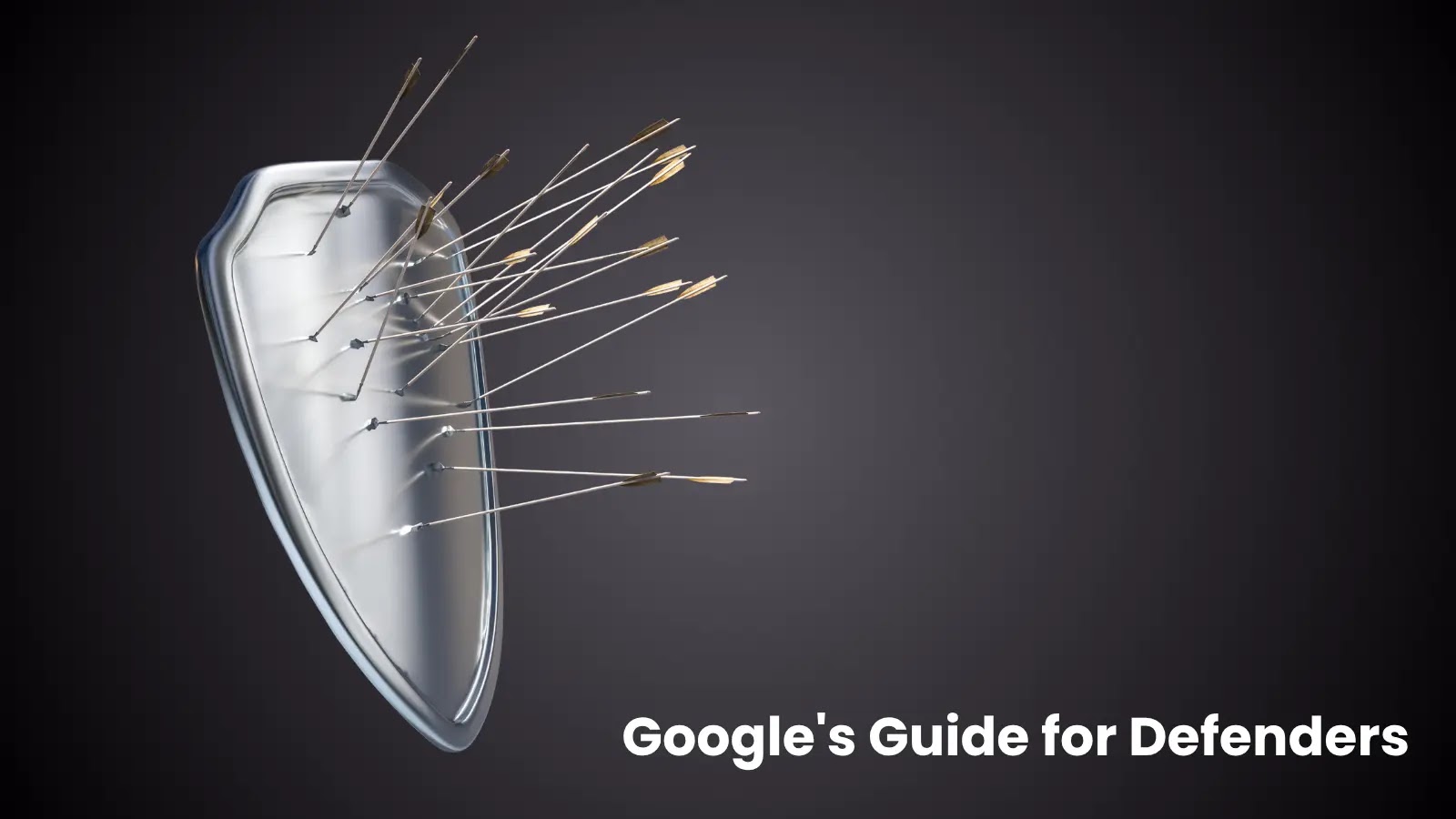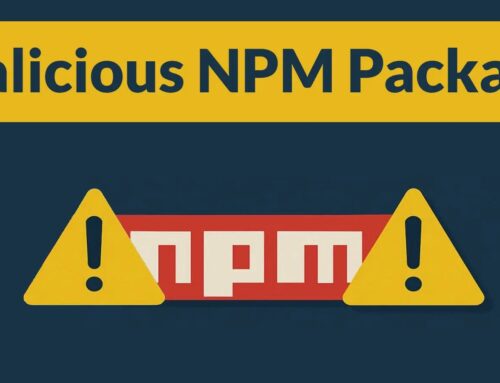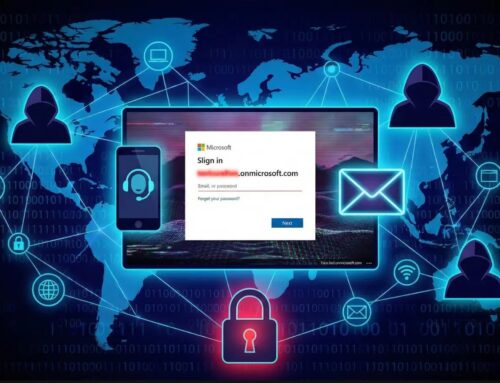
Google Unveils Guide for Defenders to Monitor Privileged User Accounts
In the relentless battle against cyber threats, one vulnerability consistently resurfaces as a critical entry point for adversaries: compromised credentials. Mandiant’s recent M-Trends report highlights a stark reality – 16% of intrusions in 2024 stemmed directly from stolen credentials. This alarming statistic underscores the urgent need for robust defense mechanisms, particularly around the most coveted targets: privileged user accounts.
Recognizing this escalating threat, Google, through its esteemed Mandiant cybersecurity division, has released a comprehensive guide for defenders. This crucial resource offers practical strategies and detailed insights into effectively monitoring and securing privileged accounts across intricate modern IT environments. It’s a call to action for organizations to fortify their first line of defense, shifting from reactive incident response to proactive threat mitigation.
The Criticality of Privileged Account Monitoring
Privileged accounts are the keys to the kingdom. These accounts, often associated with administrative roles, system configurations, and sensitive data access, offer attackers unparalleled control once compromised. The impact of a successful attack on such accounts can range from data exfiltration and system disruption to complete network paralysis. Without stringent monitoring, an attacker can operate undetected for extended periods, escalating privileges and establishing persistence within an organization’s infrastructure.
Google’s guide emphasizes that effective privileged account monitoring isn’t merely about tracking logins, but about understanding behavioral baselines, detecting anomalies, and implementing controls that make unauthorized access computationally challenging and resource-intensive for attackers. It’s about creating a proactive security posture rather than a reactive one.
Understanding the Threat Landscape: Mandiant’s M-Trends Insights
Mandiant’s M-Trends report serves as a stark reminder of the persistent and evolving nature of cyber threats. The 16% intrusion rate attributed to stolen credentials is not an isolated metric; it’s a symptom of broader trends. Attackers are increasingly sophisticated in their methods of credential harvesting, utilizing phishing campaigns, malware, supply chain compromises, and brute-force attacks to gain initial access. Once inside, they meticulously leverage these stolen credentials to move laterally, elevate privileges, and achieve their objectives.
This data reinforces the need for a multi-layered security approach, with privileged account management (PAM) and continuous monitoring at its core. Organizations cannot afford to overlook the fundamental importance of securing these high-value targets.
Key Strategies for Enhanced Privileged Account Security
Google’s guide outlines several practical strategies for defenders, moving beyond generic advice to actionable steps. While the full depth of the guide requires direct engagement, core themes emerge:
- Baseline Behavioral Analysis: Establishing what “normal” activity looks like for privileged accounts is paramount. This includes typical login times, locations, accessed systems, and command execution patterns. Deviations from this baseline can signal compromise.
- Multi-Factor Authentication (MFA) Enforcement: Mandating strong MFA for all privileged access, especially for critical systems and remote access, significantly reduces the risk of successful credential theft exploitation.
- Just-in-Time (JIT) and Just-Enough-Access (JEA) Principles: Implementing JIT access grants privileges only when needed and for a limited duration. JEA ensures users only have the minimum necessary permissions to perform their tasks, minimizing the attack surface.
- Session Monitoring and Recording: Logging and recording privileged sessions provide an invaluable audit trail and can help detect malicious activity in real-time or during forensic investigations.
- Regular Auditing and Review: Periodic reviews of privileged account access, permissions, and activity logs are essential to identify dormant or misconfigured accounts and ensure compliance with security policies.
- Incident Response Planning for Credential Theft: Developing clear, well-rehearsed incident response plans specifically tailored to credential theft scenarios ensures rapid containment and recovery.
Remediation Actions and Proactive Defense
Securing privileged accounts is an ongoing process, not a one-time fix. Organizations must adopt a proactive stance to minimize risk. Here are actionable remediation steps:
- Implement a Robust Privileged Access Management (PAM) Solution: Automate the management, control, and monitoring of privileged credentials.
- Strengthen Endpoint Security: Deploy advanced endpoint detection and response (EDR) solutions to identify and prevent credential harvesting attempts on workstations.
- Network Segmentation: Isolate critical systems and privileged access pathways from general user networks to contain potential breaches.
- Regular Penetration Testing and Red Teaming: Proactively identify weaknesses in privileged access controls through simulated attacks.
- Security Awareness Training: Educate all employees, especially those with privileged access, on phishing social engineering tactics.
- Patch Management: Keep all operating systems, applications, and security software up to date to eliminate known vulnerabilities often exploited for privilege escalation. For instance, vulnerabilities like CVE-2023-3881 in WinRAR can lead to remote code execution and subsequent credential compromise if not patched. Similarly, understanding the implications of vulnerabilities like CVE-2023-23397 in Outlook can prevent NTLM credential theft.
Tools for Detection and Mitigation
Several tools can aid in the detection, monitoring, and mitigation of privileged account compromise risks. Organizations should consider integrating these into their security architecture.
| Tool Name | Purpose | Link |
|---|---|---|
| Mandiant Advantage Threat Intelligence | Comprehensive threat intelligence to understand attacker techniques and TTPs. | Mandiant Advantage |
| Google Cloud Identity-Aware Proxy (IAP) | Secures access to applications and VMs running on Google Cloud and beyond. | Google Cloud IAP |
| Okta / Duo Security (MFA Solutions) | Provides strong multi-factor authentication for user and privileged access. | Okta, Duo Security |
| CyberArk Privileged Access Manager | Comprehensive PAM suite for managing, securing, and monitoring privileged accounts. | CyberArk PAM |
| Microsoft Defender for Identity | Detects advanced identity-based attacks and compromised accounts. | Microsoft Defender for Identity |
| Splunk Enterprise Security | SIEM solution for collecting, analyzing, and correlating security logs for threat detection. | Splunk ES |
Conclusion
The guidance from Google’s Mandiant division serves as a critical blueprint for defenders navigating the contemporary threat landscape. With credential theft consistently ranking among the leading initial intrusion vectors, securing privileged user accounts is no longer a best practice; it’s an imperative. By adopting the practical strategies outlined in Google’s guide, embracing continuous monitoring, and leveraging appropriate security tools, organizations can significantly enhance their resilience against sophisticated cyberattacks and protect their most valuable assets.





